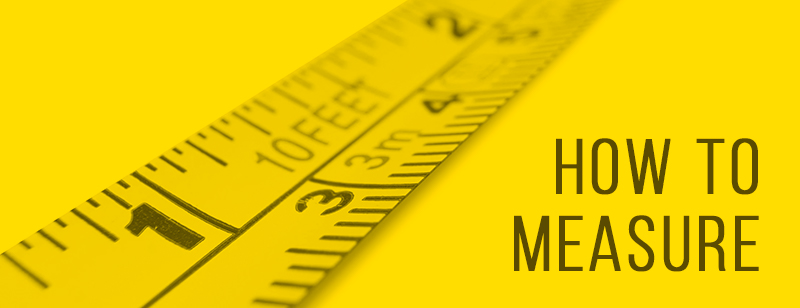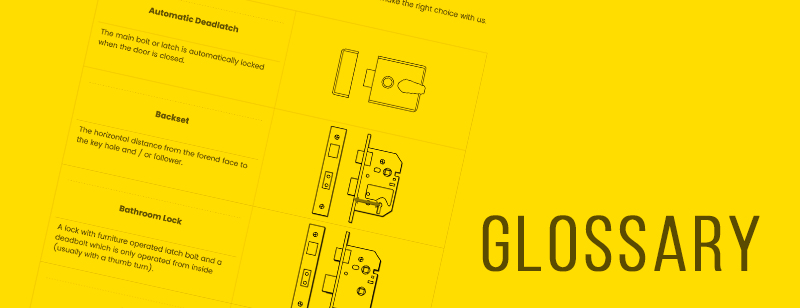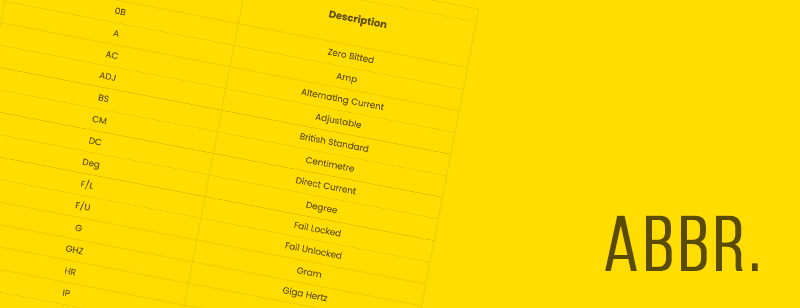Generation Rent

According to the most recent English Housing Survey, more families are renting than ever before and the private rental sector as a whole has nearly doubled since 2002. Young people (aged 25-34) in particular are more likely to be renting than buying.
According to the most recent English Housing Survey, more families are renting than ever before and the private rental sector as a whole has nearly doubled since 2002. Young people (aged 25-34) in particular are more likely to be renting than buying. For those priced out of the housing market, renting can feel a bit like being stuck in limbo. But making improvements and upgrades to your rental property can help make it feel more like a home.
Many tenants are wary of asking their landlord to pay for repairs or improvements, but as the private rental market moves towards long term lettings, the relationship between landlords and tenants is changing. It’s a good idea to discuss any repairs or enhancements (like painting the walls) with your landlord before you sign your tenancy agreement or just before your renew your agreement.
The safety and security of your rental property is one area that often goes overlooked by tenants and landlords alike. There are a range of affordable secondary security products that you can install to improve the safety of the property for tenants and increase the value for landlords.
Here are our top 5 safety tips for renters:
1) Test your smoke alarm; approximately 81% of renters in England do not have at least one working smoke alarm. A properly function smoke alarm could save your life in the case of an accidental fire, so it’s important to test your smoke alarm regularly. If your smoke alarm does not work after replacing the batteries, alert your landlord or property manager.
2) Replace your door locks; when you first move into your rental property, ask you landlord about having the locks replaced. This reduces the risk of a previous tenant being able to gain access to your new home. Don’t forget, that most home & contents insurance policies require all final exit doors be fitted with a lock that complies with British Standard BS 3261. If you’re a landlord, we recommend that you fit your final exit doors with a British Standard Euro profile mortice sashlock or deadlock and a British Standard 3* cylinder. This means that when your tenancy changes hands, you only need to replace a cylinder rather than the whole lock.
3) Install a door viewer; easy-to-install and cheap as chips, a door viewer helps keep tenants safe by allowing them to see who is at the door before opening it. In addition to this, a surface mounted door chain restricts the opening of the door, helping to protect you from unwanted visitors.
4) Curtains; do the existing curtains or blinds adequately conceal the contents of your new rental property? If not, discuss with your landlord the possibility of upgrading your curtains. If your landlord’s budget will allow it, we recommend you opt for insulated curtains or blinds as these will help protect your home from the cold (not to mention those ghastly winter energy bills) as well as window-shopping thieves.
5) Window Locks; are your windows fitted with locks? This is especially important for windows situated on the ground floor. For more information about the different types of window locks, please read our recent blog post on the topic. For windows above the ground floor, you may want to install a window restrictor, to protect your family from the dangers of a fall.
One of the great benefits of renting is that the cost of structural upkeep and refurbishment falls to the landlord. When requesting renovations or enhancements around your property make sure you are polite and reasonable in your requests. And although your relationship with your landlord is of a business nature, a box of chocolates to say thank you after the renovations have been completed never goes astray! Best of luck with your home improvements and happy renting!





